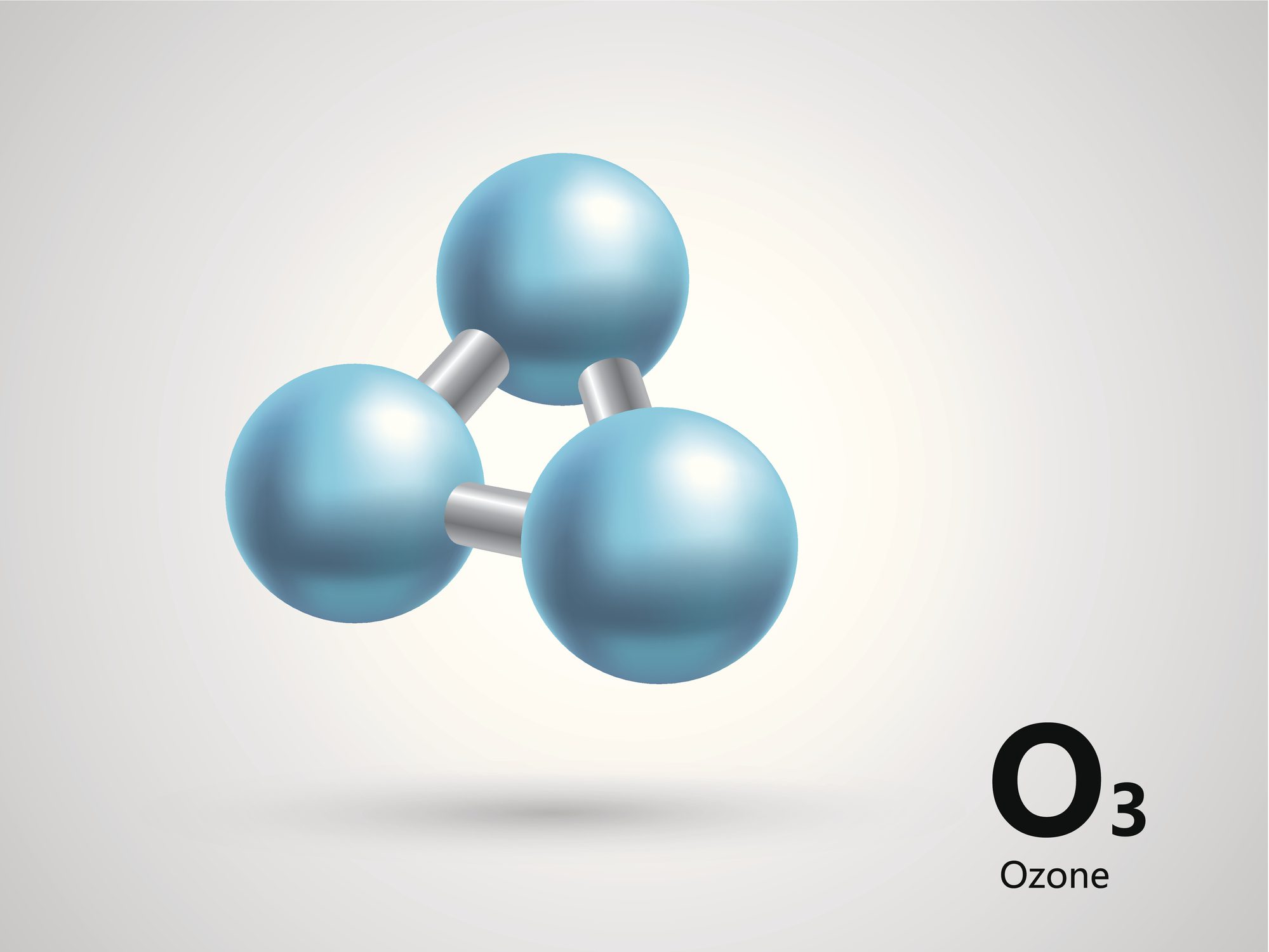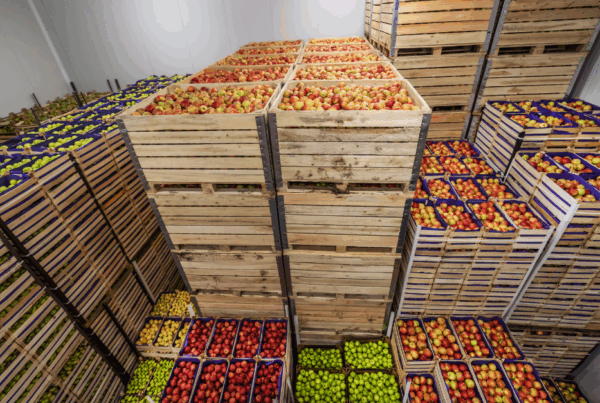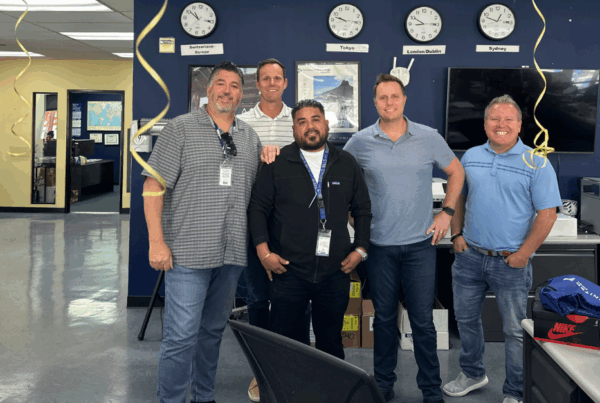Last week we talked about the container and equipment shortage that‘s causing some carriers to deploy megaships to recover both full loads and empties to reposition around the world where they’re needed most. One of the topics we touched on was controlled atmosphere containers that can be used to transport fruit, vegetables and other sensitive cargo safely by ocean instead of going air. This week, we’re going to touch on some of the information about CA and the ozone used to repress ripening and maintain freshness, and its impact on the Coronavirus along with other pathogens.
Controlled atmosphere containers work by reducing the oxygen, increasing the carbon dioxide, and adding ozone to the mix to restrict the spread of viruses, control ripening and maintain firmness without chemicals. Ozone has been shown to kill pathogens and reduce surface levels of e coli, salmonella and listeria. The extended exposure to oxygen through the shipping process can help to prevent contamination from lasting through the journey. There is currently a study being conducted in China at the Institute of Virology in Hubei to determine whether ozone levels can adequately sanitize objects from the current strain of COVID-19, though there are studies on other iterations of SARS Coronavirus showing ozone does destroy it. We are carefully following these studies to ensure that we’re using the most sanitary options to protect cargo.
The issue of contamination regarding the spread of COVID-19 has been in the news with repeated pleas to wash hands, sanitize work spaces and communal areas, and a six foot radius of personal space. Another option for sanitation includes the ozone levels in controlled atmosphere and fruit. Even without the Coronavirus pandemic the safety of your food is paramount to CFI. Perishables are often harvested and transported to a central warehouse to be packed for shipping where they’re vulnerable to contamination. Containers, packaging, worker error, inadvertent exposure; risk factors for food are many and varied under even the best of conditions, so the extra steps we take to ensure the food we transport is safe drives us to utilize ever tool available.
During the pandemic, we’re accustomed to spending every day finding danger in places we didn’t even consider. For us at CFI, it’s a nice feeling to see that the technology we’ve employed into our every day work has the potential to exponentially assist everyone working so hard to keep people around the world safe. It’s empowering to know we’re doing the right thing and we intend to continue trying our best to ensure your perishables are as safe as we can make them.



